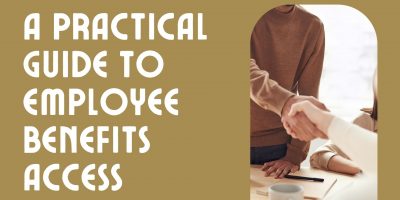
A Practical Guide to Employee Benefits Access
From benefits types to designing personalized packages, discover how a strategic approach to benefits can favor both the personnel and the employers.

There is a wealth of evidence that shows the vital importance of a good night’s sleep in day-to-day functioning.
Here are the stats that prove it:
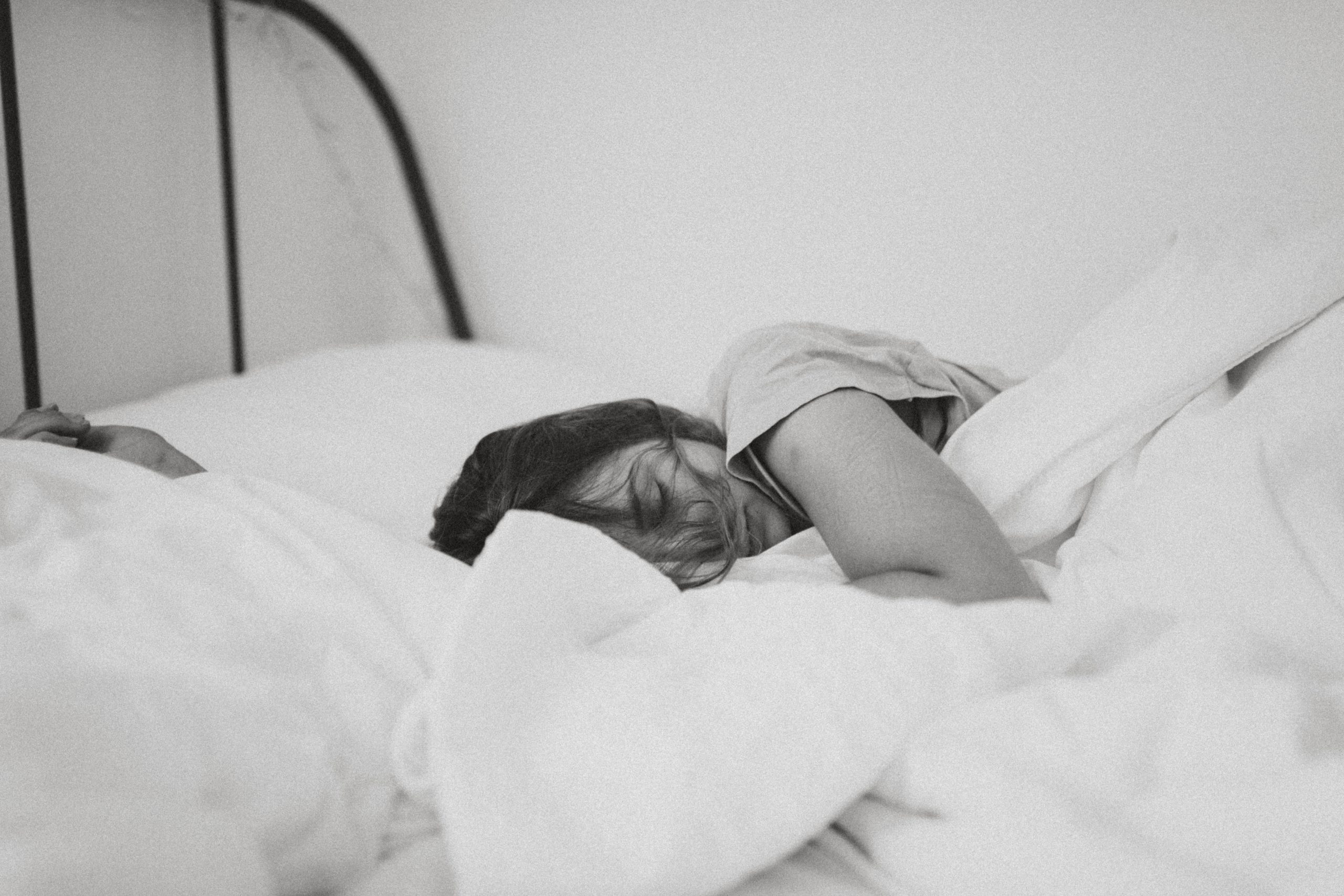
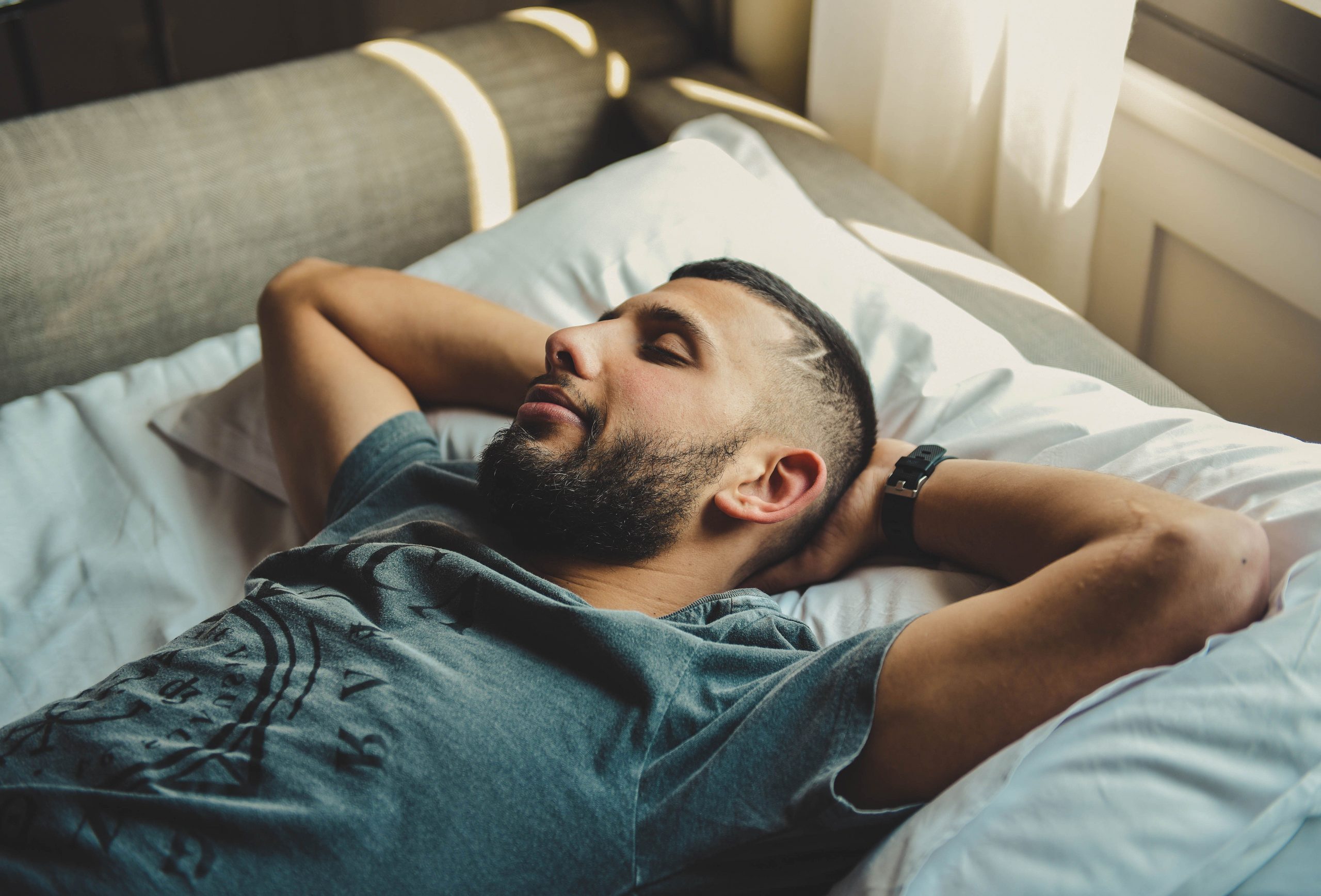
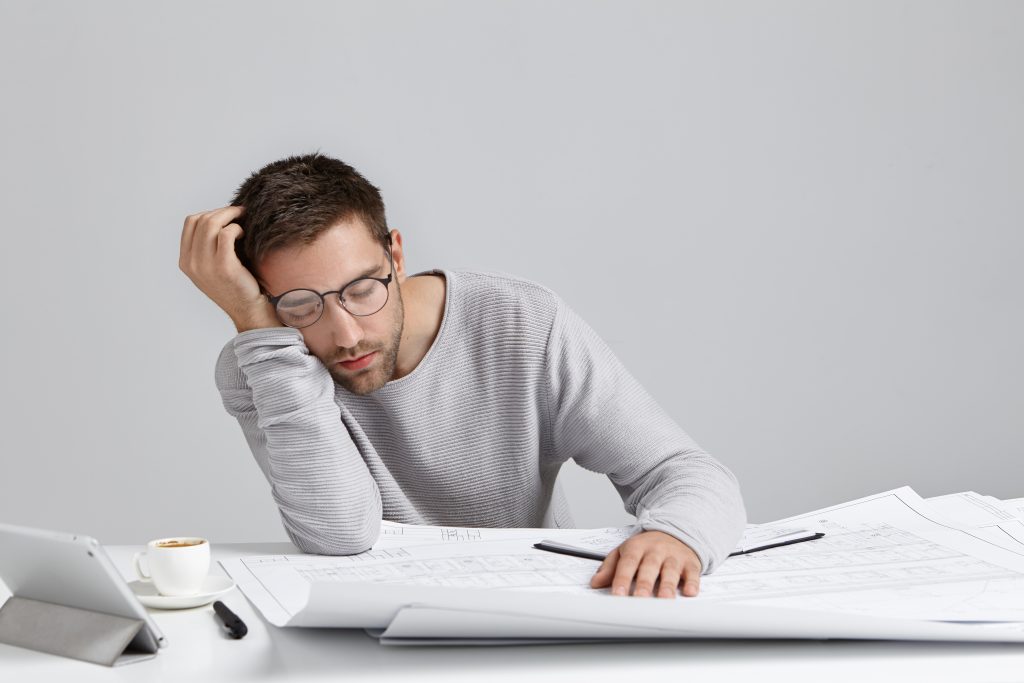

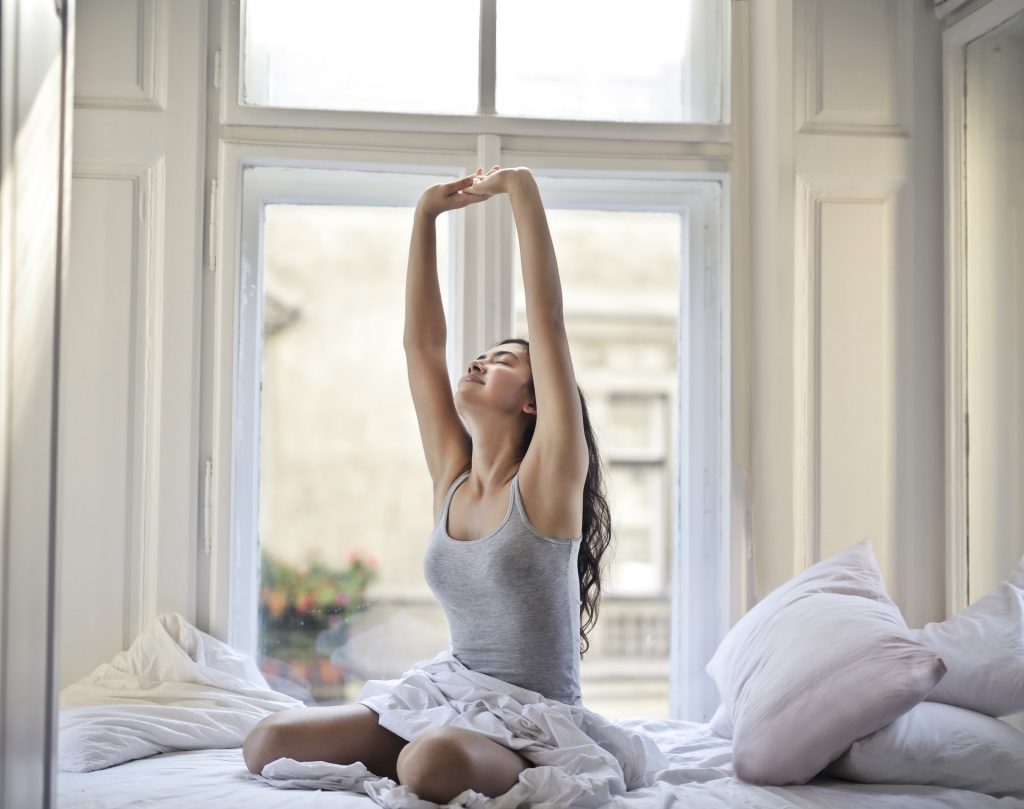
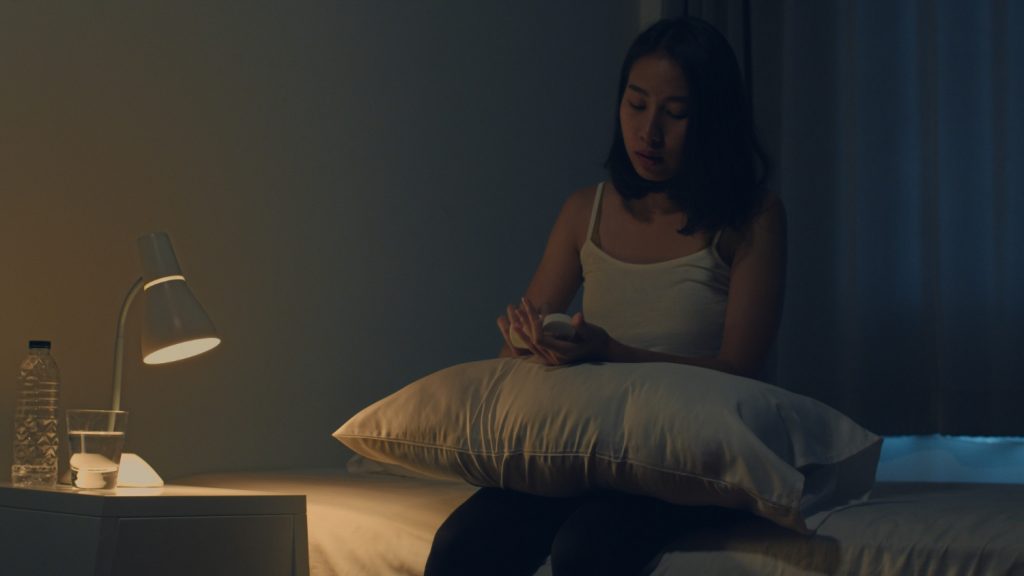
Browse our curated list of vendors to find the best solution for your needs.
Subscribe to our newsletter for the latest trends, expert tips, and workplace insights!

From benefits types to designing personalized packages, discover how a strategic approach to benefits can favor both the personnel and the employers.
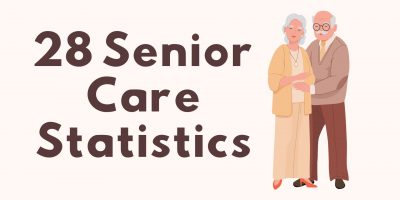
Explore senior care statistics that accurately depict the growing importance of eldercare
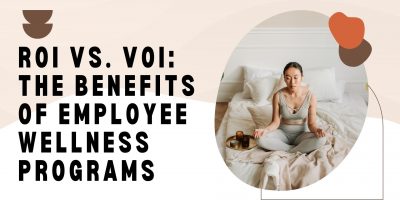
Explore the implications of well-being perks in the workplace by comparing ROI vs. VOI, the effectiveness of these two metrics, and which is better for measuring the benefits of employee wellness programs.
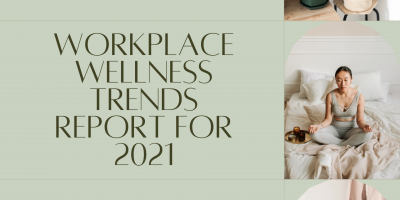
The COVID-19 pandemic changed the way the world lives, especially how its people work. 2020 and the first half of 2021 brought new challenges to companies and their employees.
Used by most of the top employee benefits consultants in the US, Shortlister is where you can find, research and select HR and benefits vendors for your clients.
Shortlister helps you reach your ideal prospects. Claim your free account to control your message and receive employer, consultant and health plan leads.